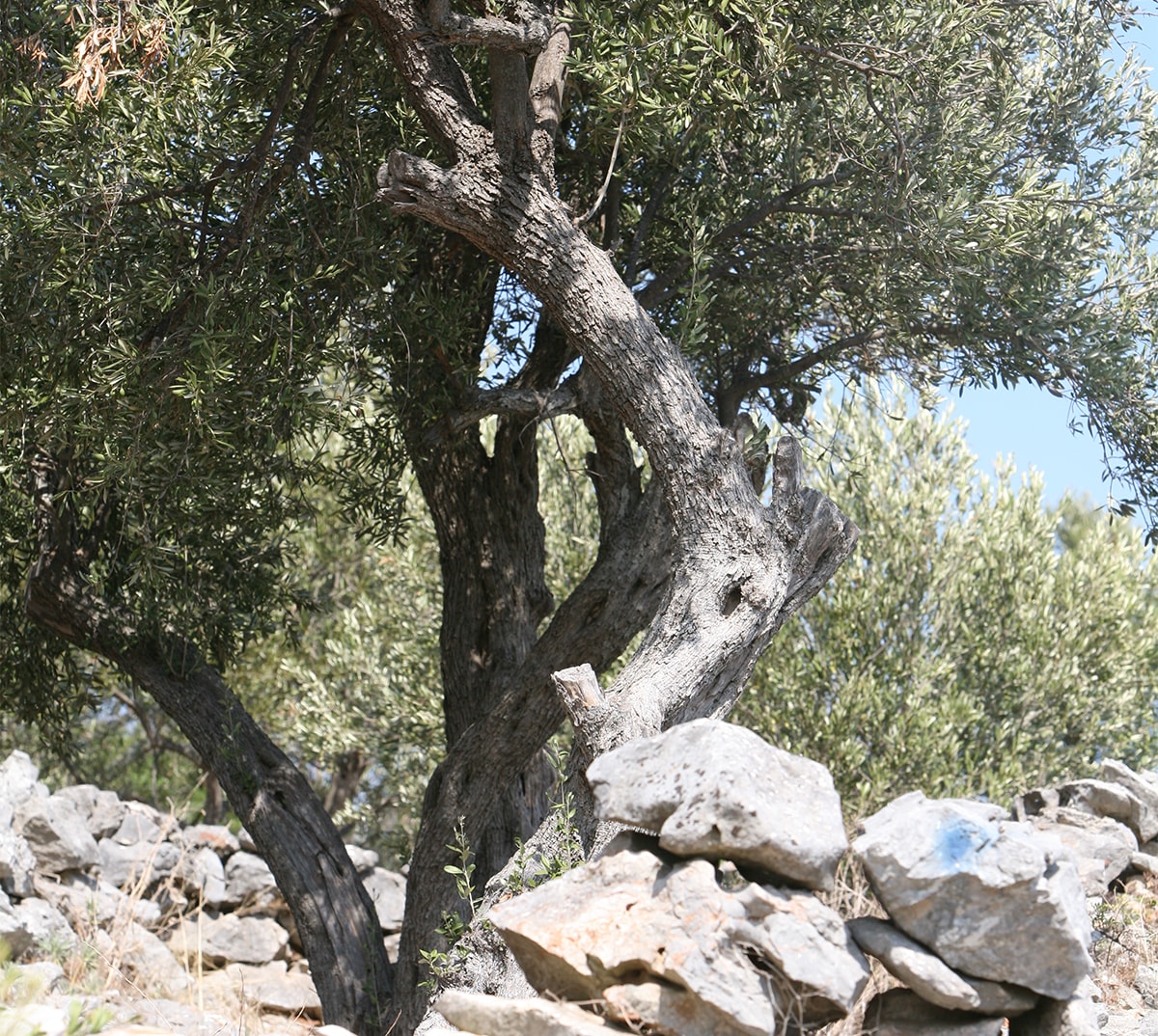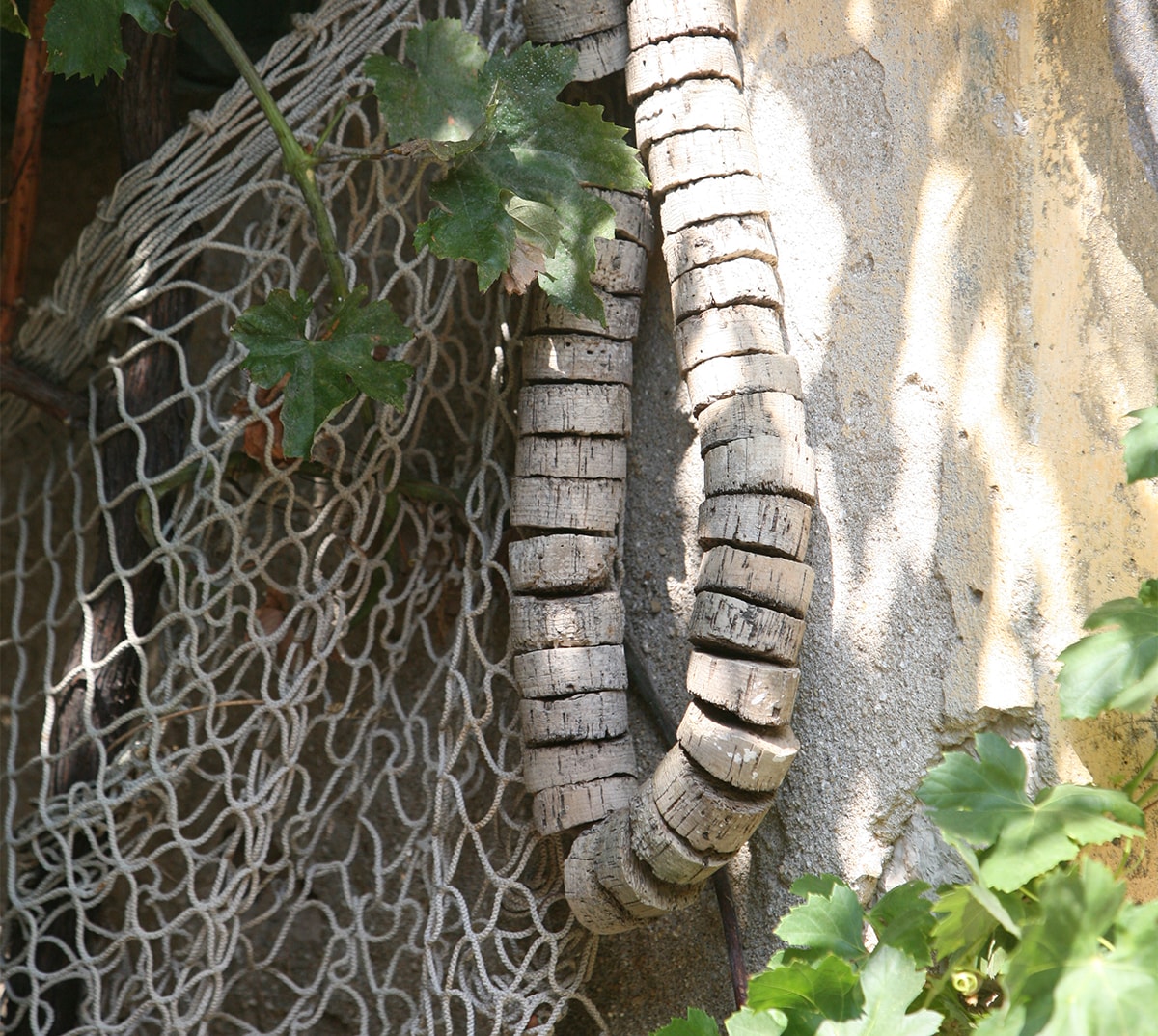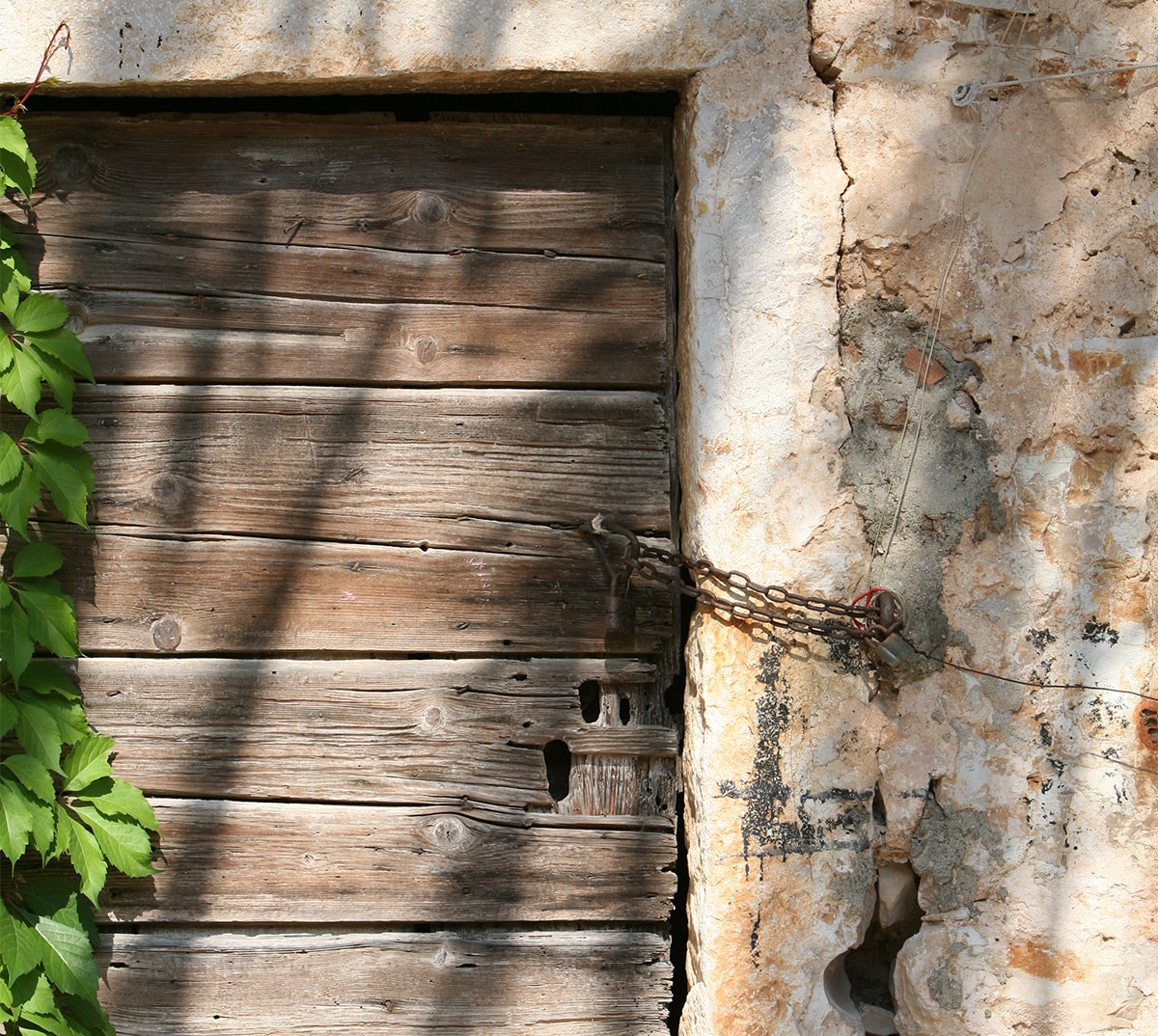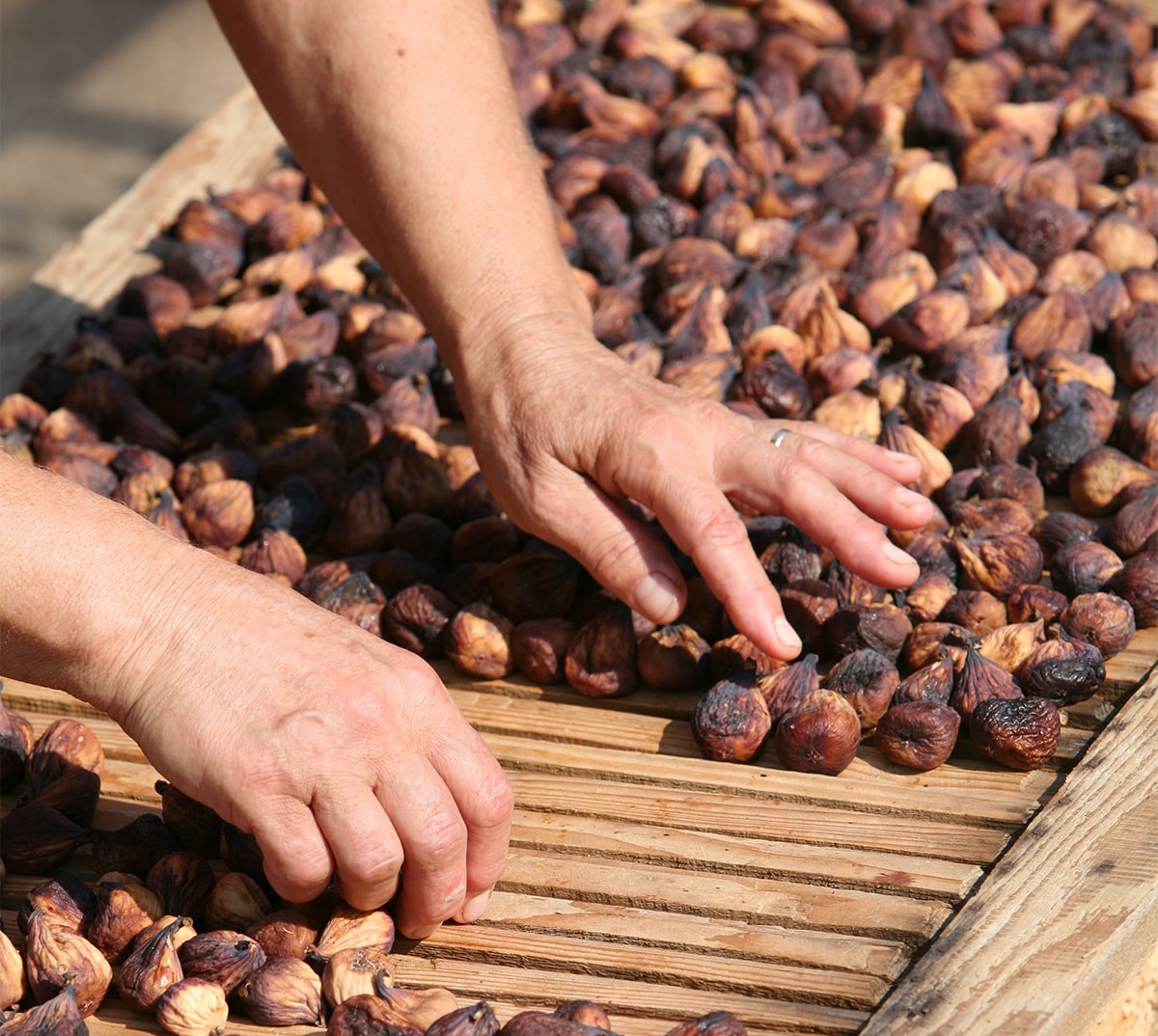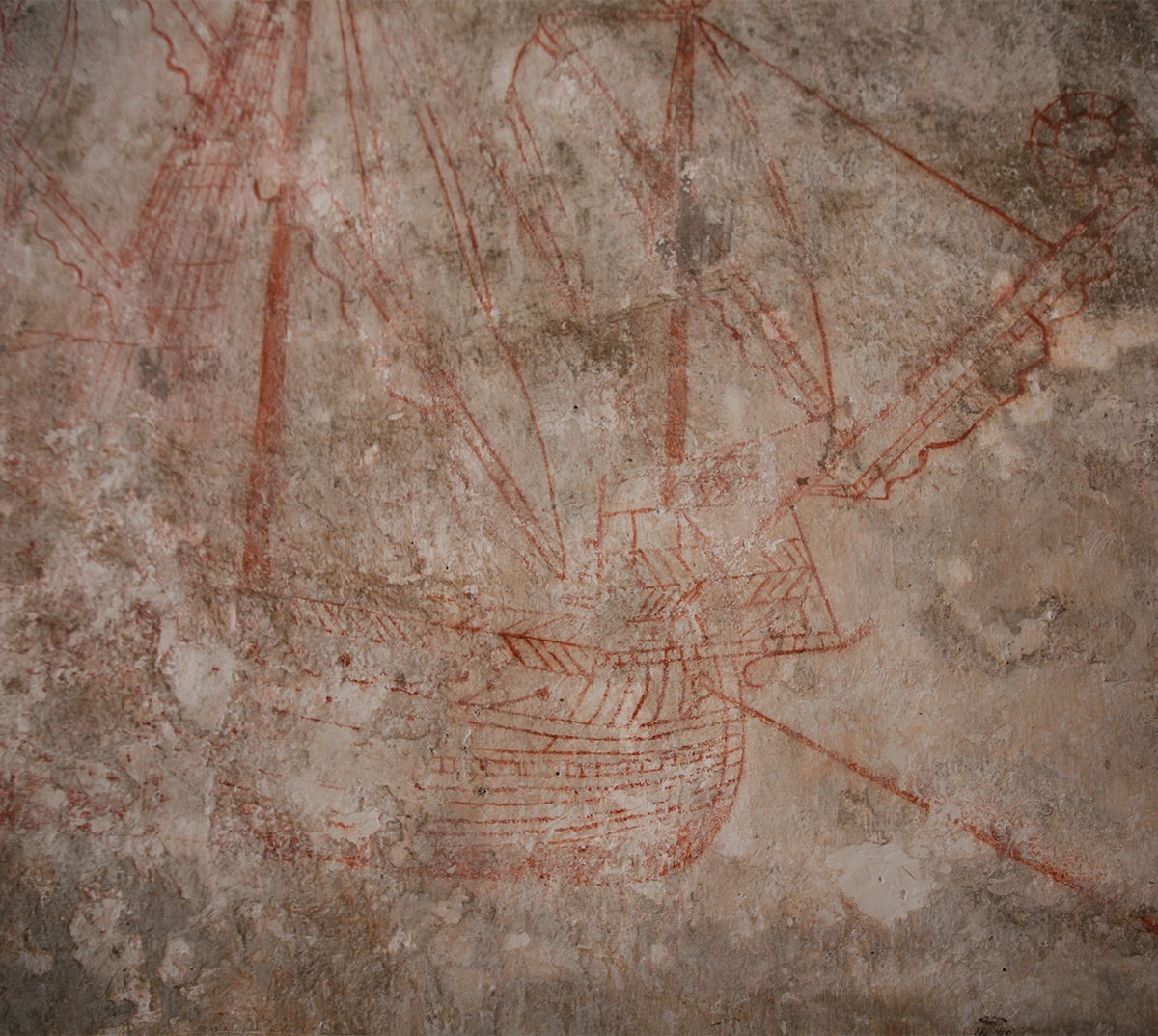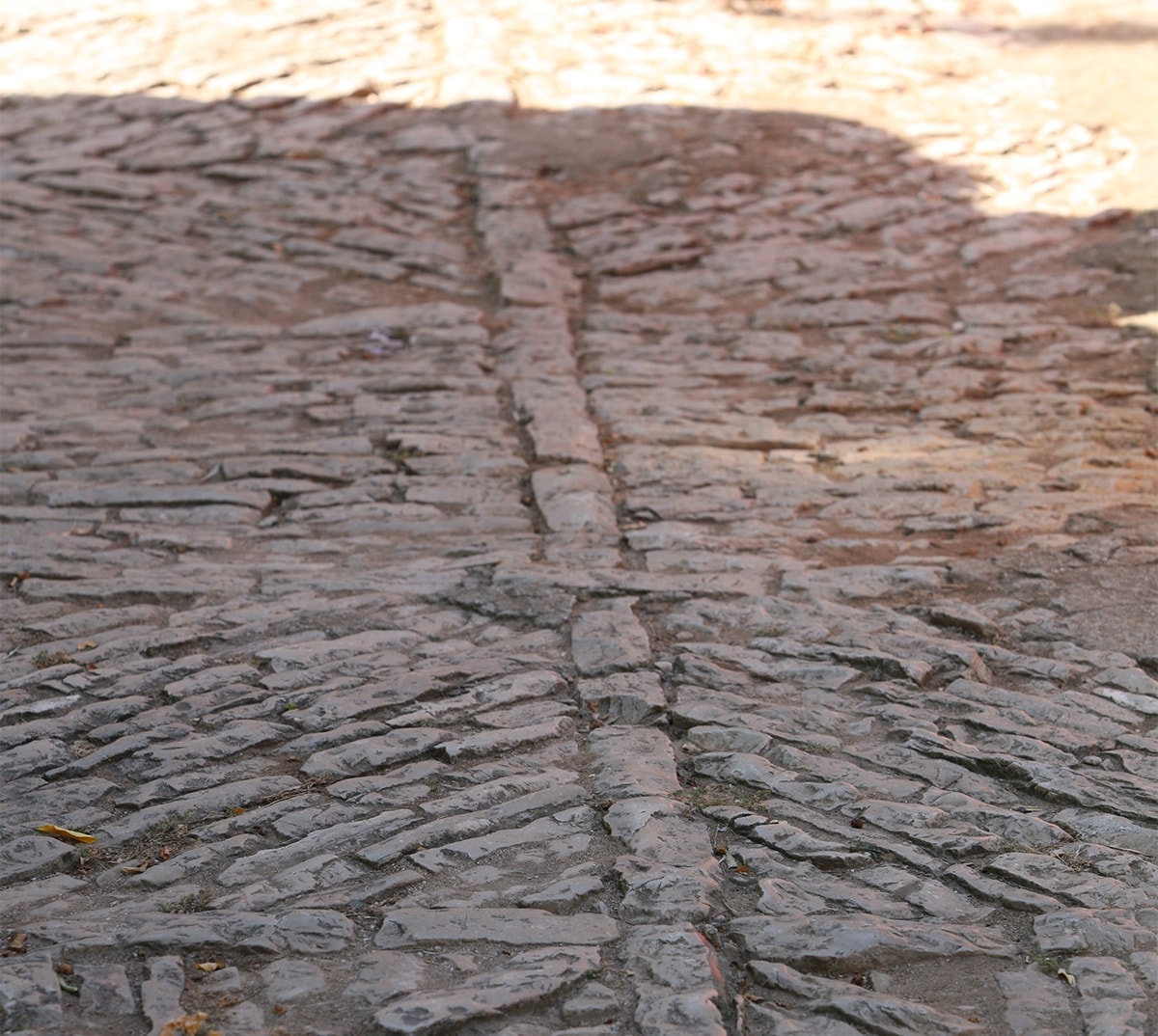


Štrige i štriguni
Štrige i štriguni is actually a sinonym for witches and warlocks, and in some places they are called viške i višci. Their abilities are magic powers, turning others into different forms (mostly snakes or oxen), flying and different sorcery. According to tradition, they ate children, human hearts and livers to preserve their powers. Witches especially attacked children and young men because of their youth and freshness of their blood, and sinless souls. They also often attacked shepherds’ dwellings and slaughtered their sheeps and goats. It was believed that they come from certain families, and that their knowledge was transfered from one generation to the other. A greater number of stories is associated with women who transfered their knowledge onto their daughters, and so on. For some, even names were known, such as the story of Rebelka, Brudska, Štrigun Krsto and his sister, Štrigun from Pulja, etc. People mainly feared them, and the common topics of the stories are how to outwit the witch, how to escape her, the struggle between good and evil (priest, monk and witch). The witches loved to dance in the fields at night, as the people would say “the wild witch dancing”. They would also gather around open fire (koleda) and dance in a scary and noisy way. The maintaining of koleda was important for the local people, because it is the personification of the village. If witches would set fire to koleda, it meant that they set the village on fire. They used magic words for flying: “Not into brambles, not into scrambles, not into shrub, not into grub, but to Babin Dub (or any other location).” This way tey would not get hurt by flying into obstacles. Some of the stories are so dark that they could almost be attributable to horror fiction, and every story-teller would say at the end: “Yes, yes, that is the living truth” which tells us how convinced people were of the story told. The fear was real and omnipresent. Witches and warlocks, and the evil in general could be cast out by incense, holy water, and by engraving a special symbol, the so-called Solomon star.
(Source: Institute of Ethnology and Folklore in Zagreb, the Department of Ethnology of the Croatian Academy of Sciences and Arts in Zagreb and digital manuscripts archives of the Public Institution of Nature Park Telašćica)



